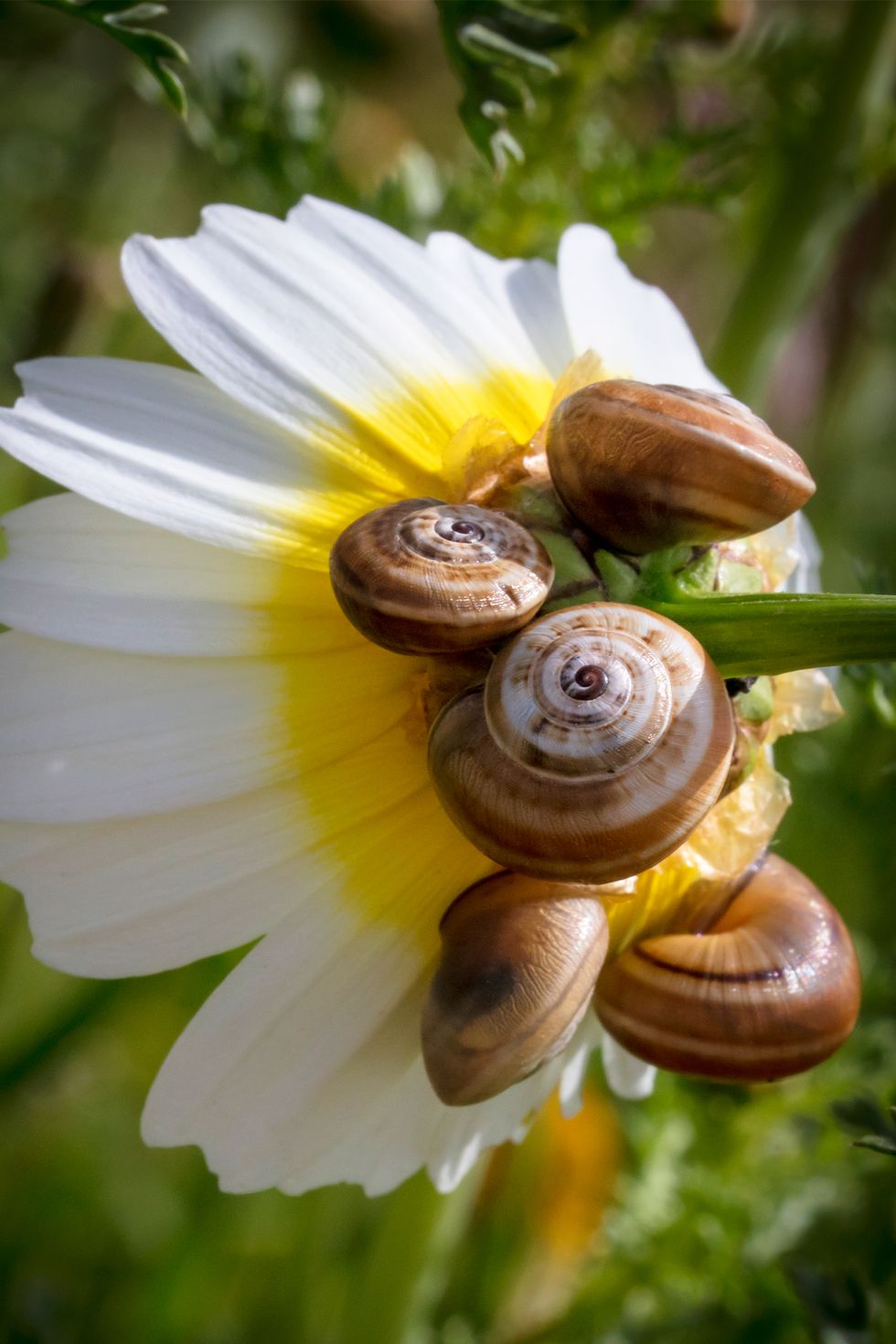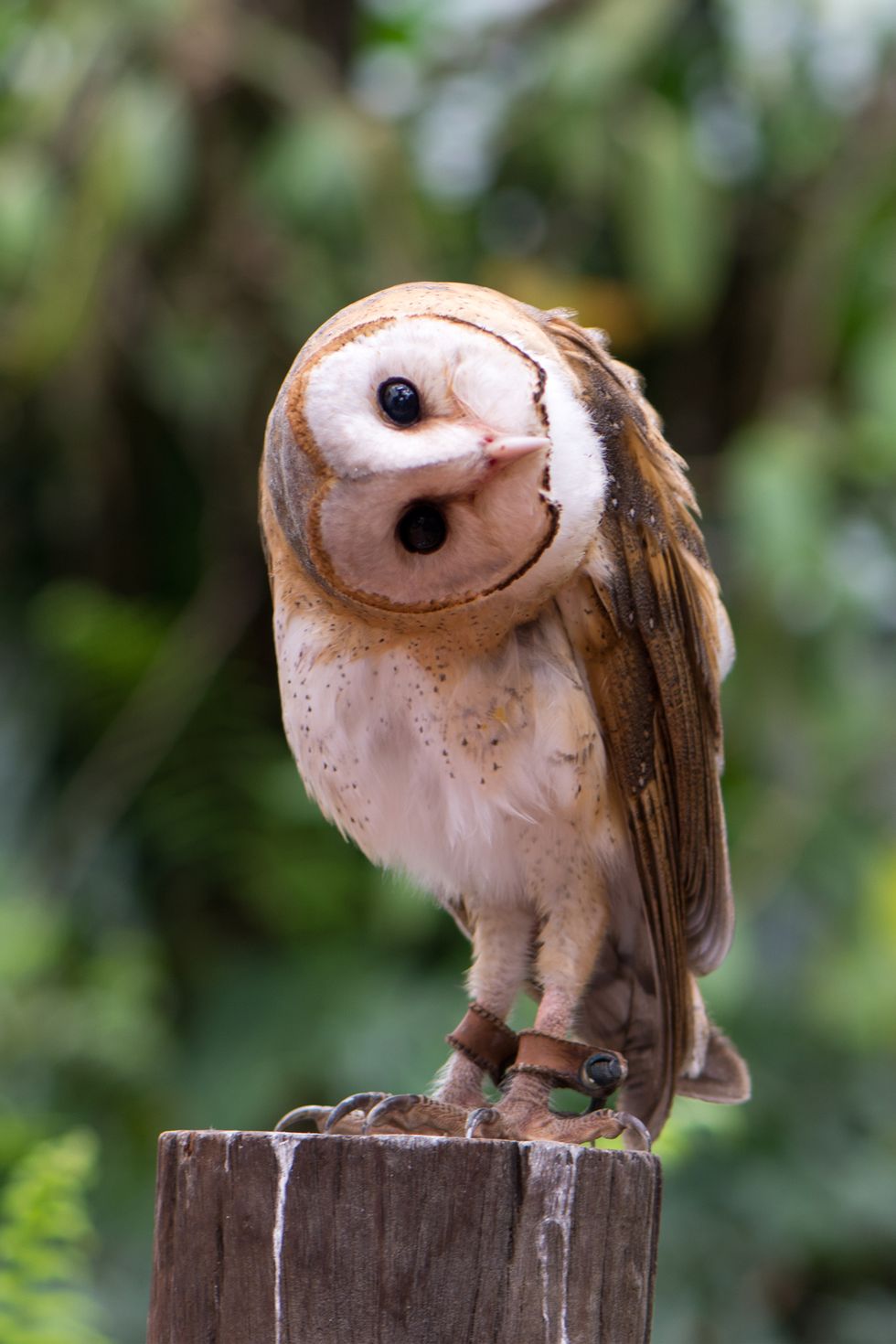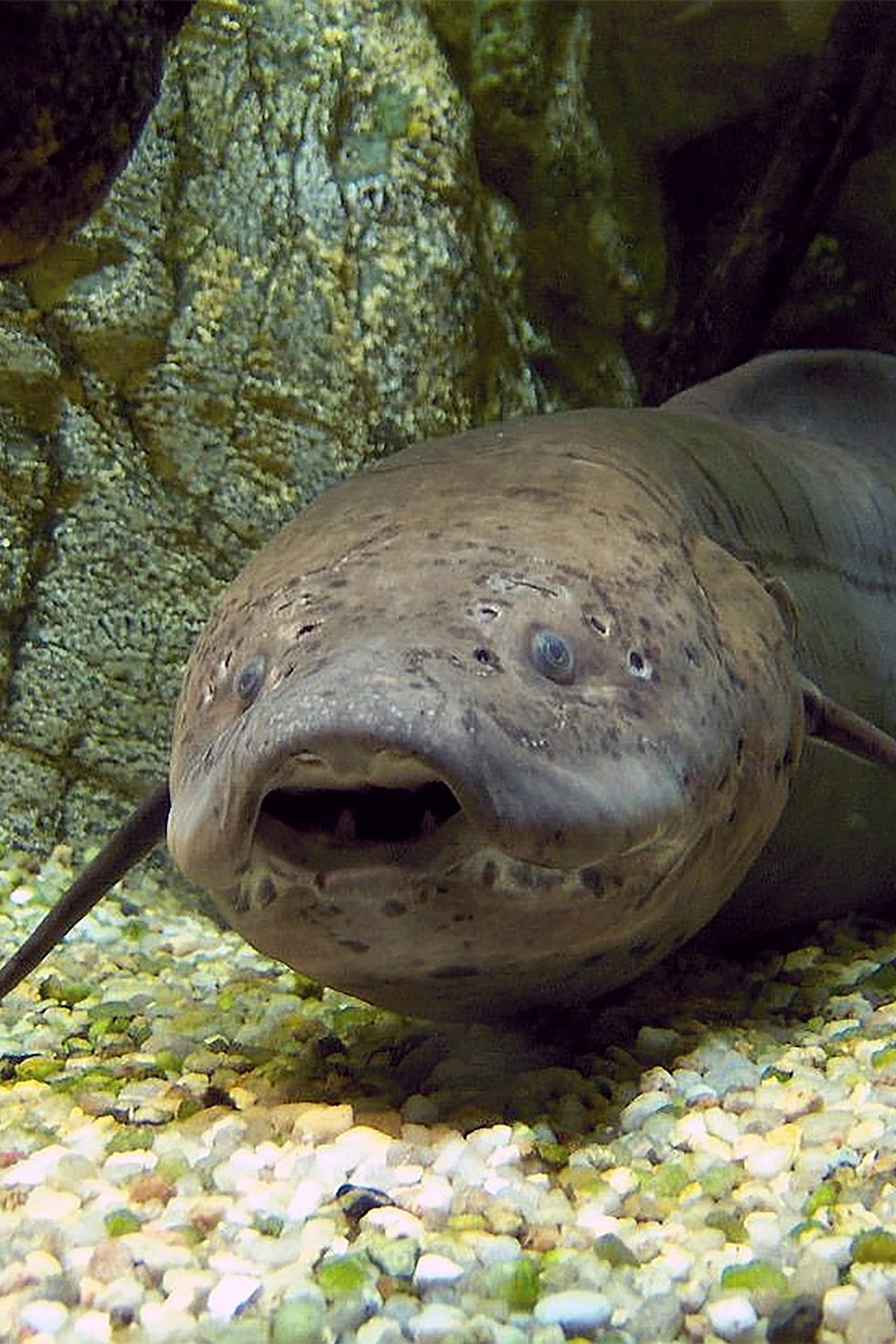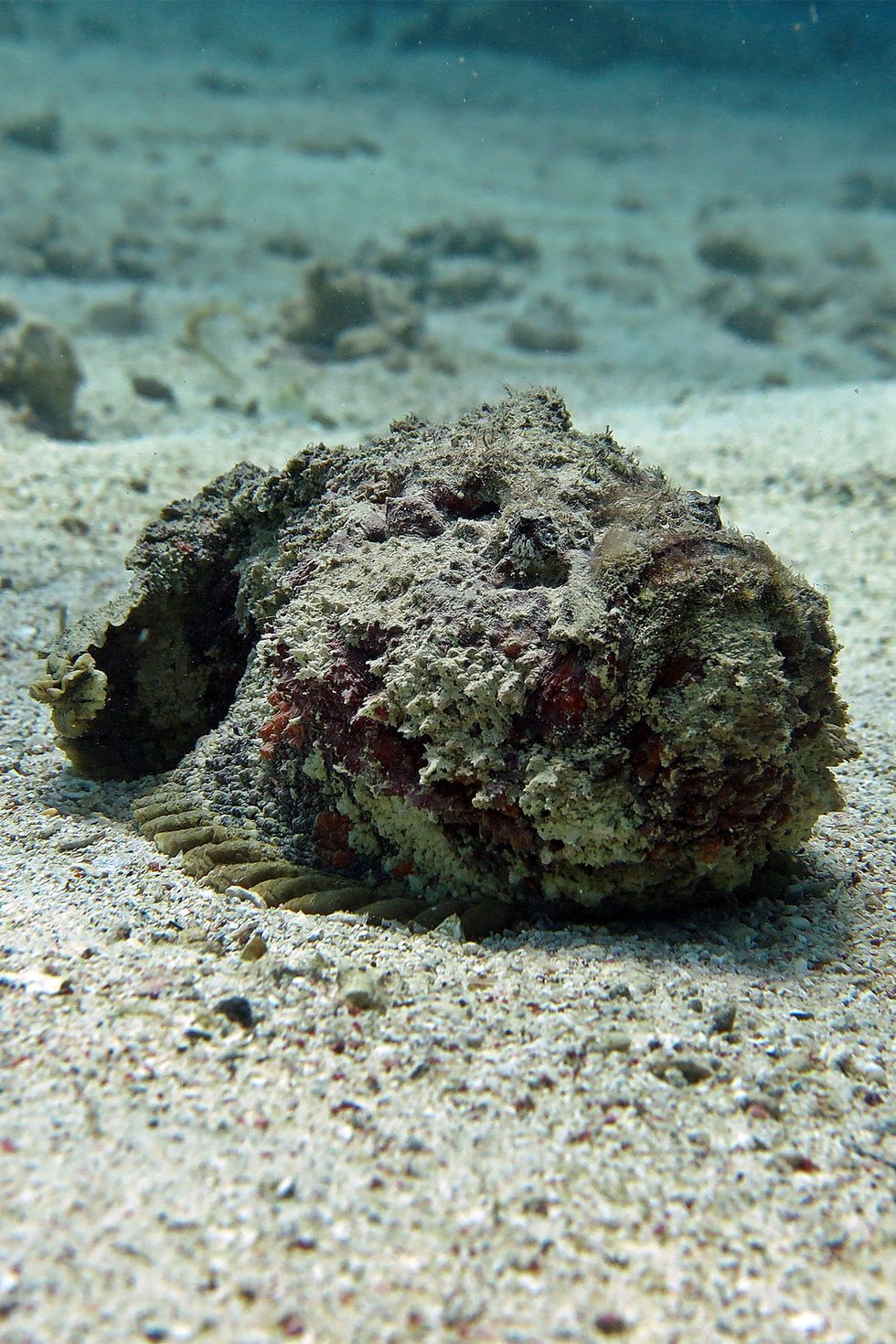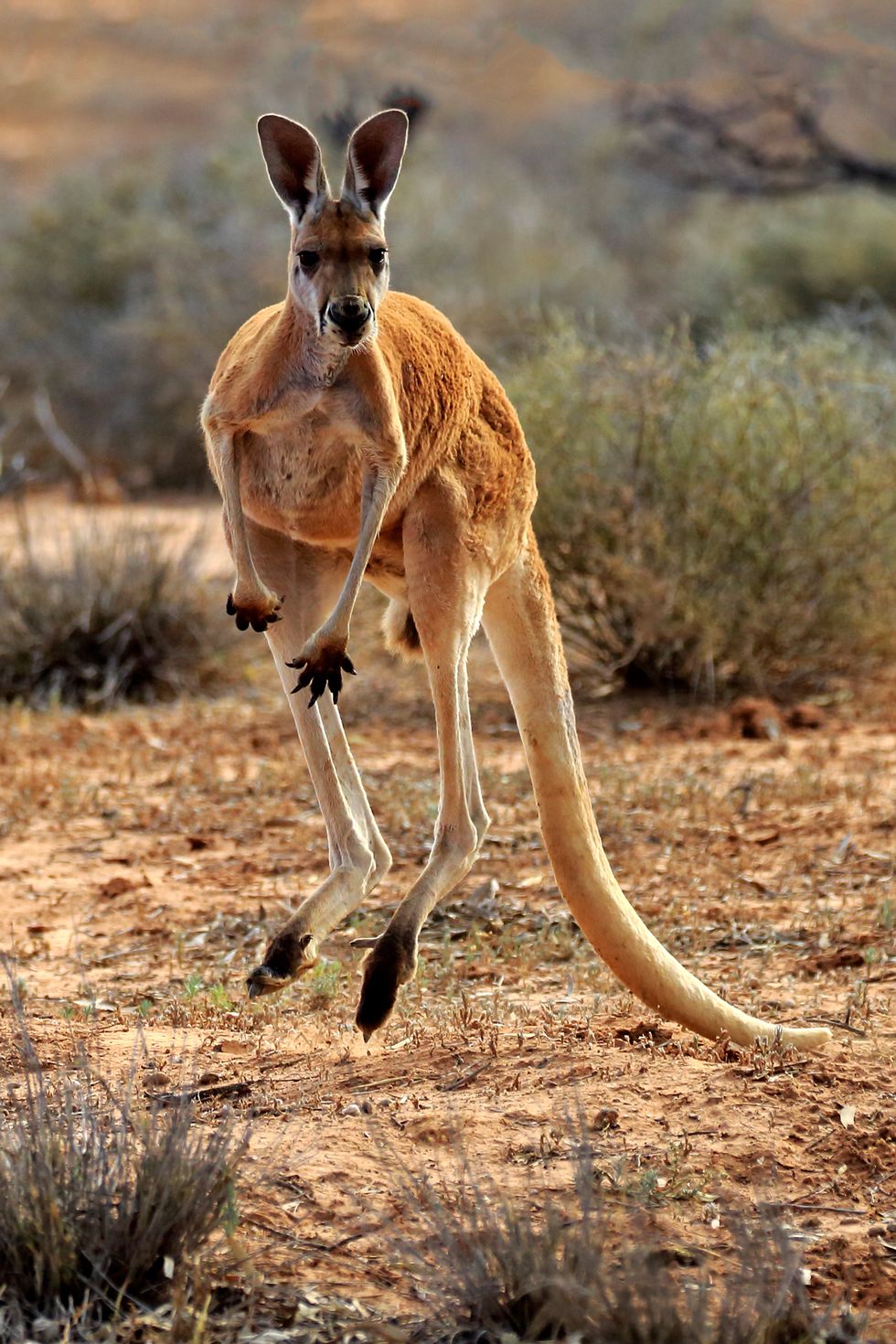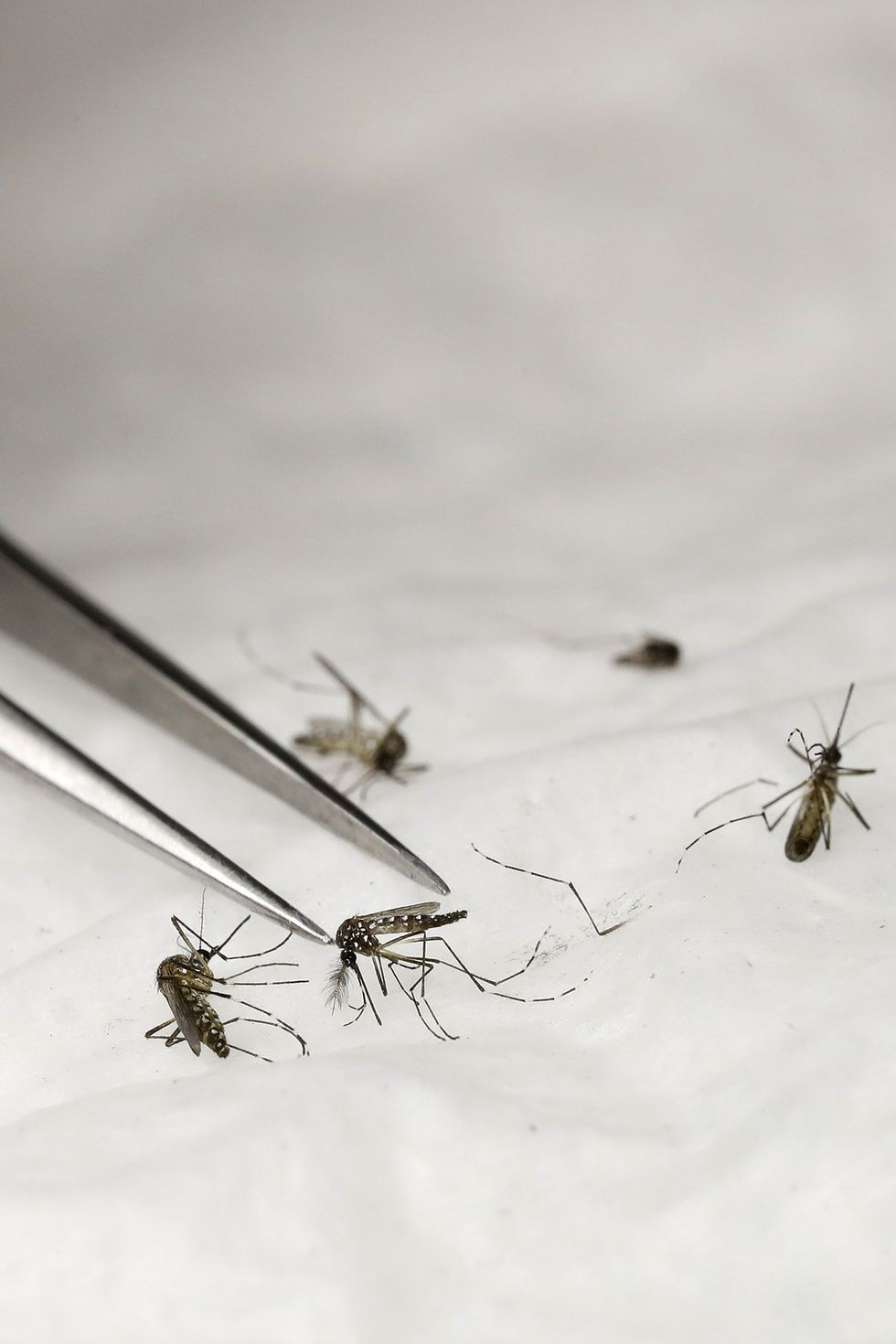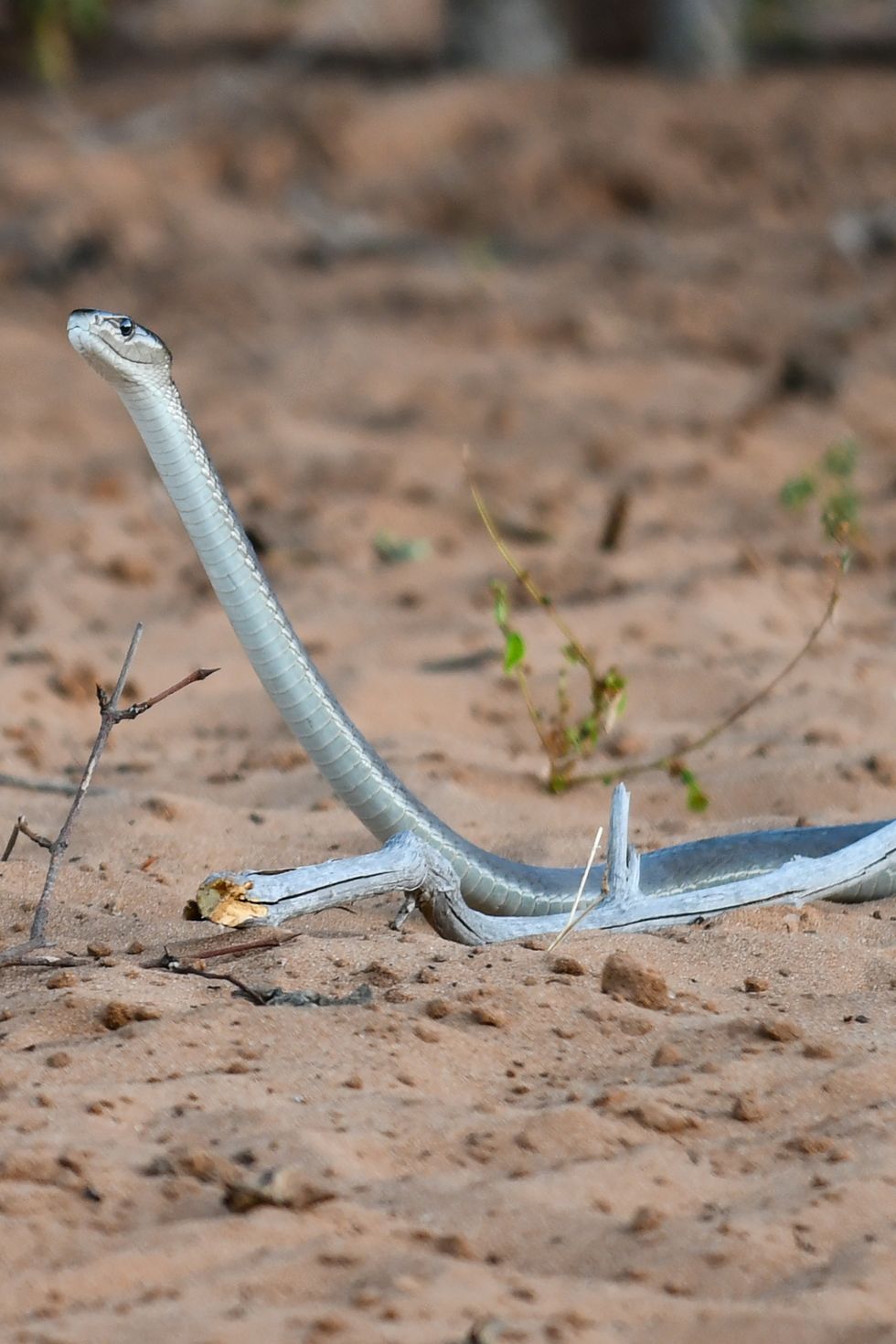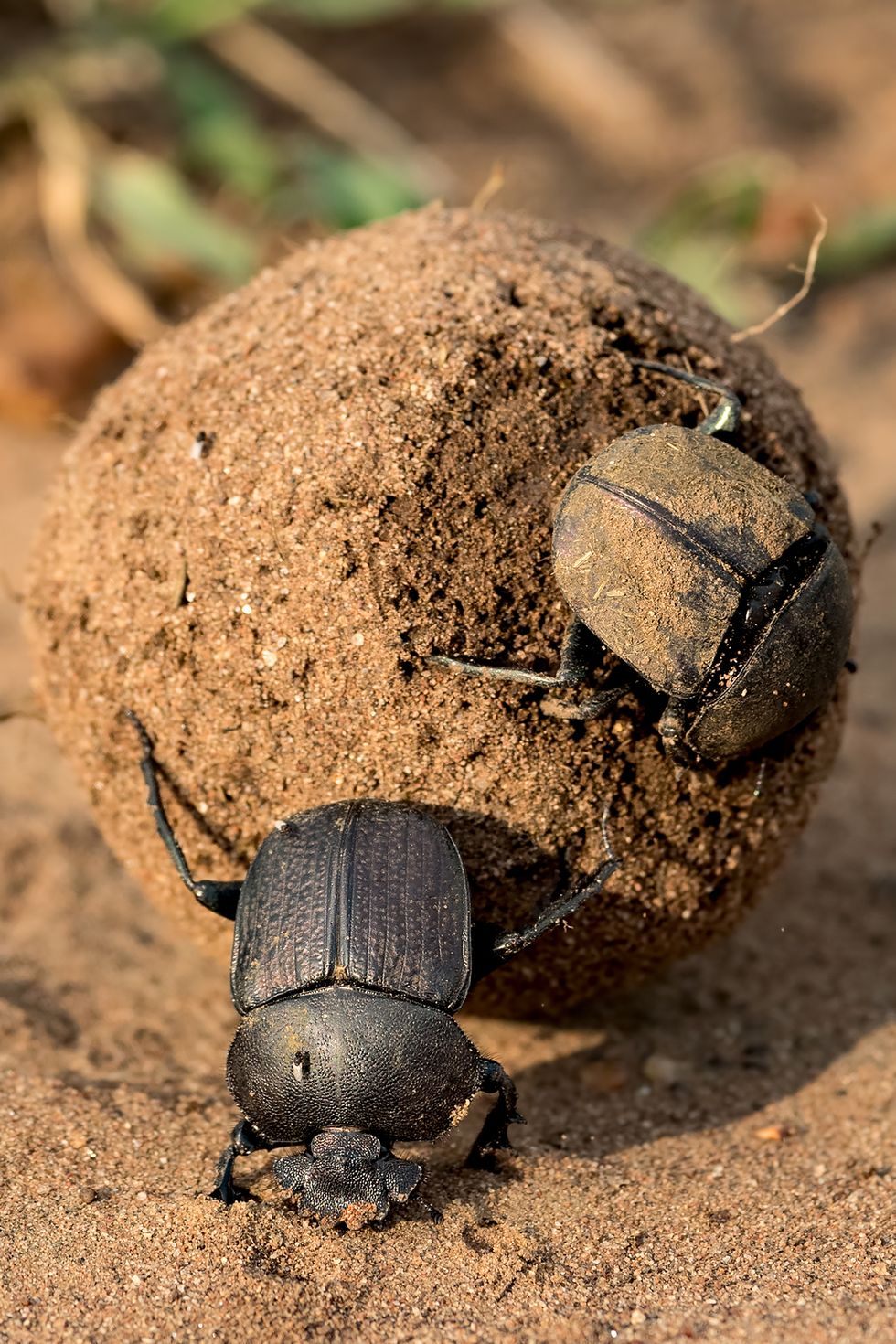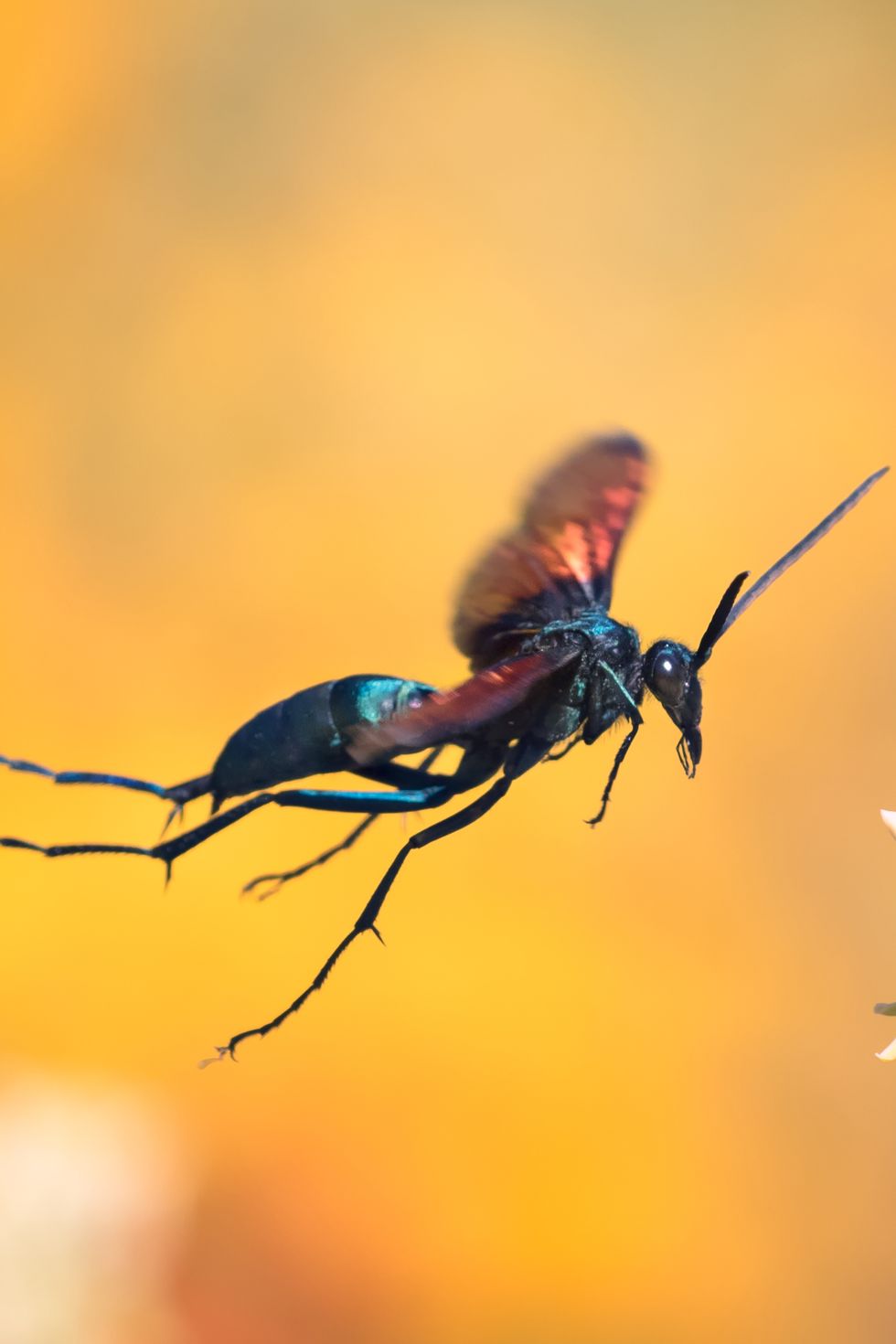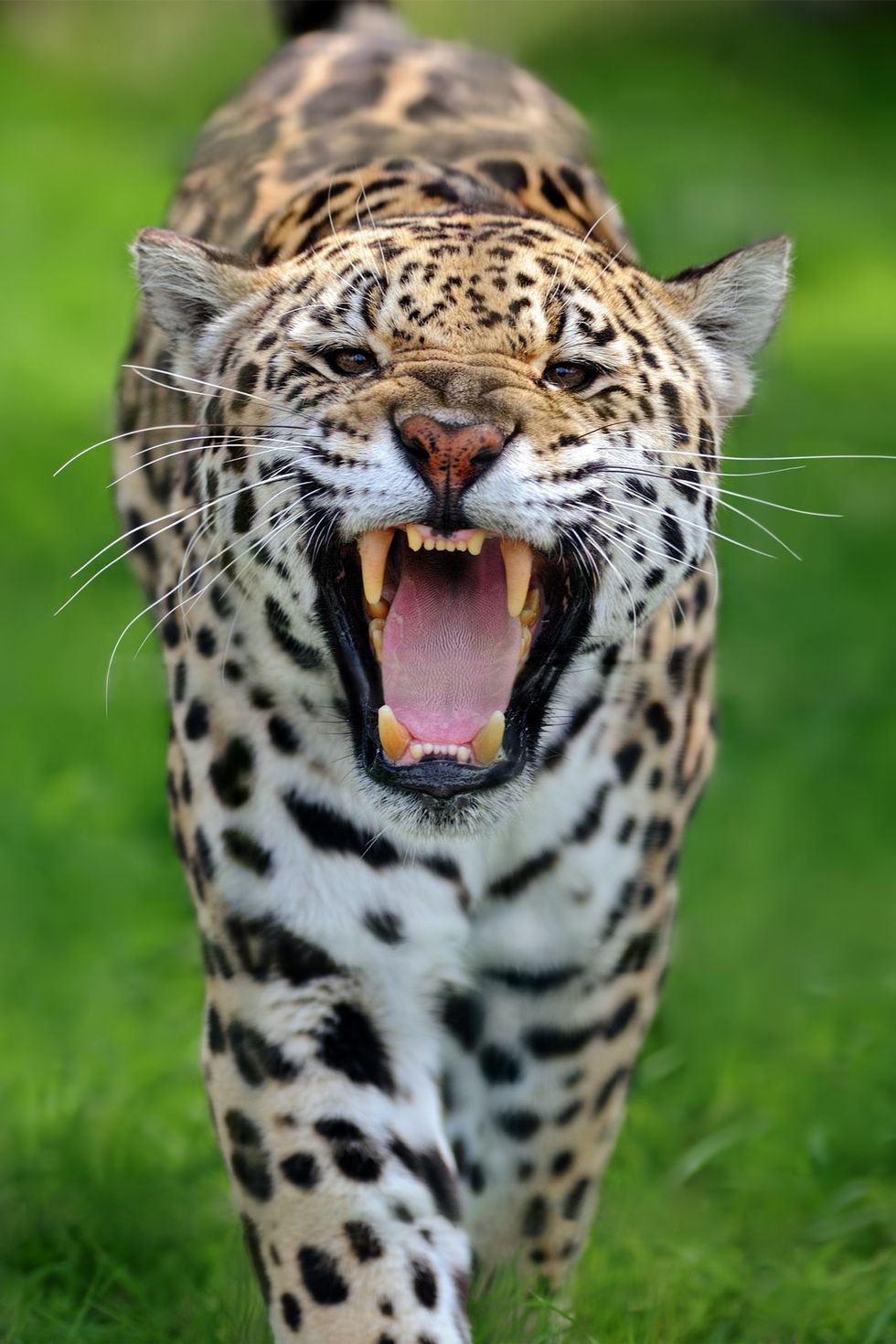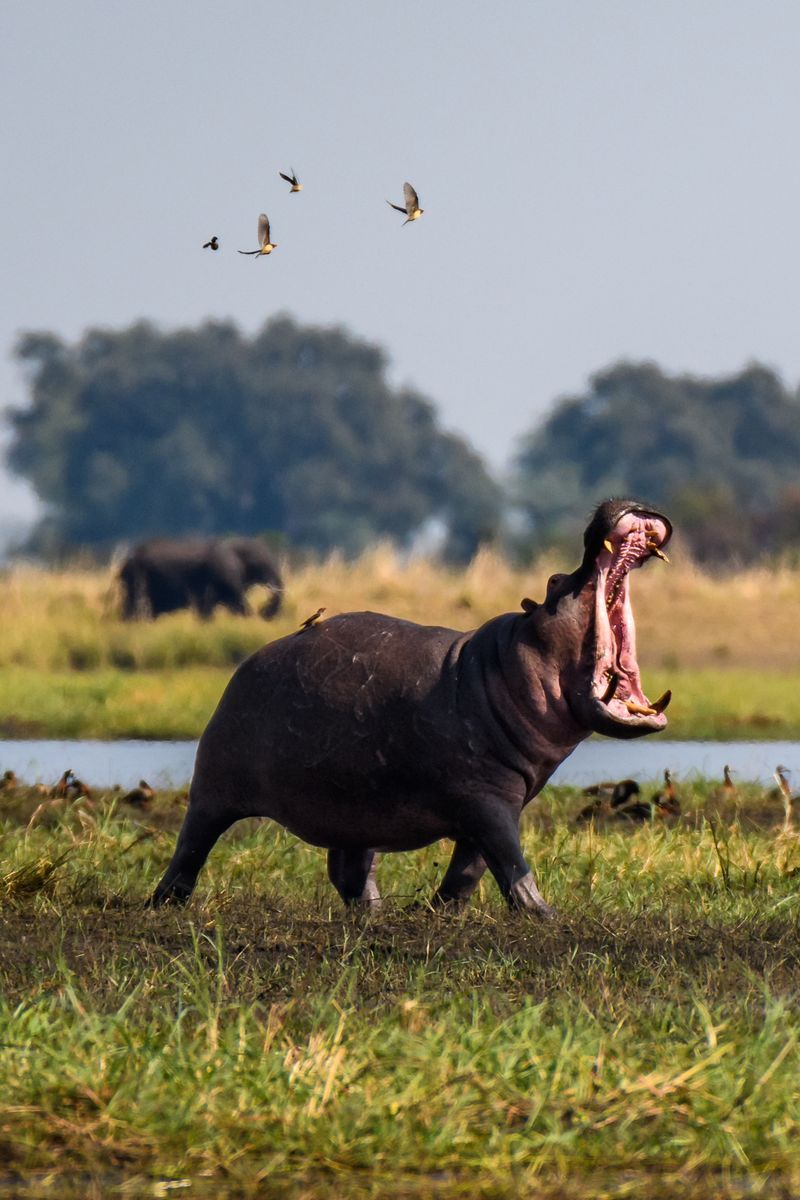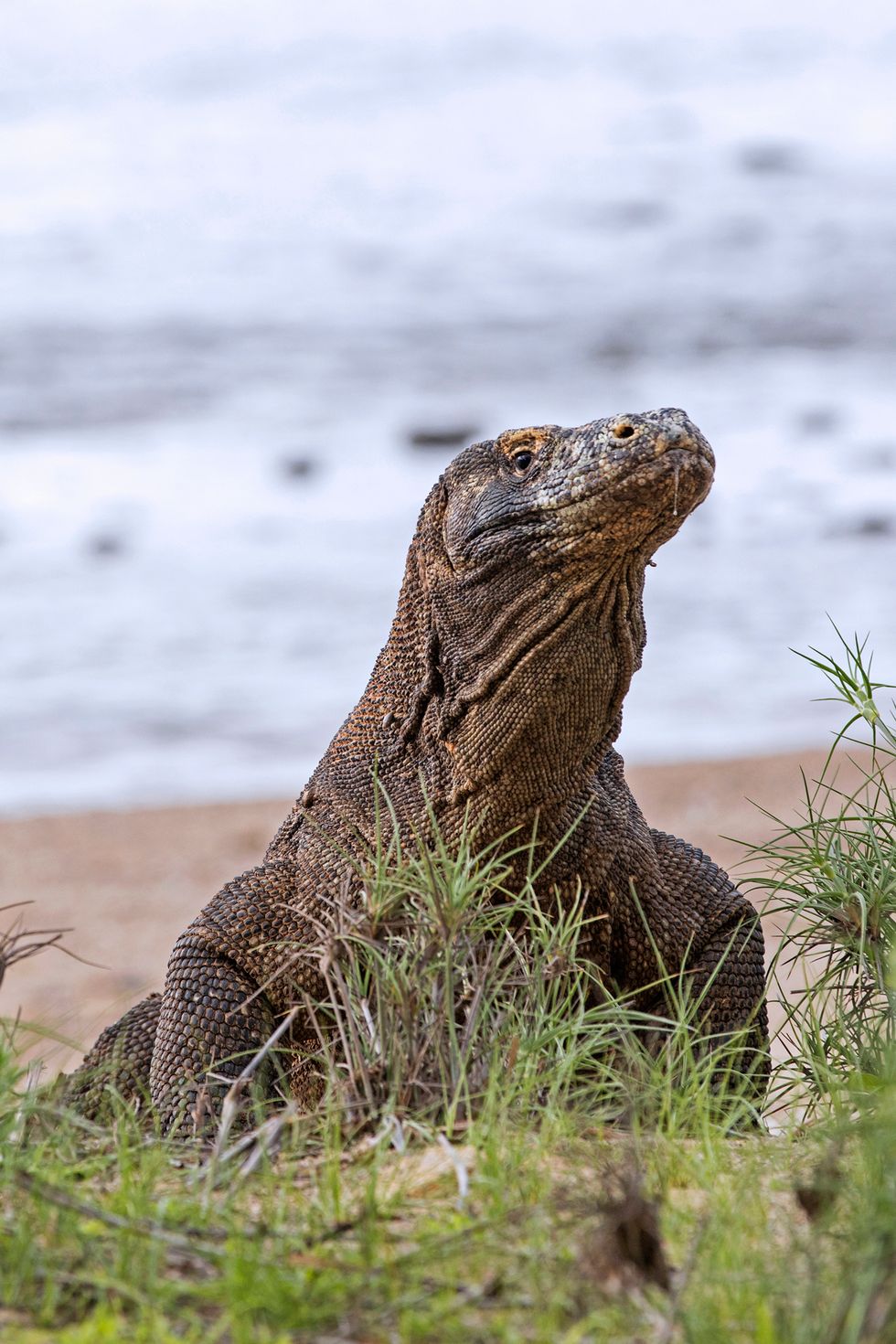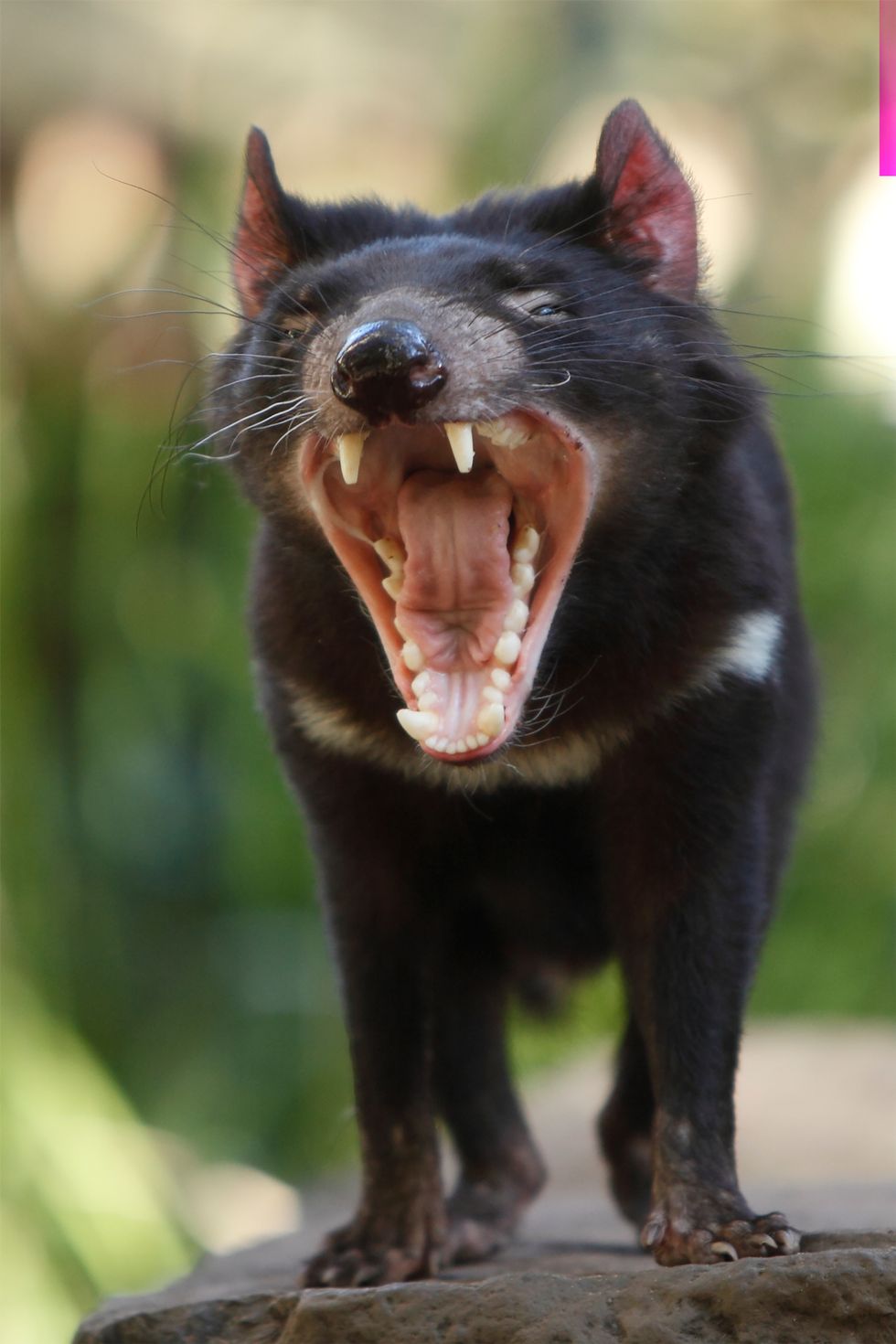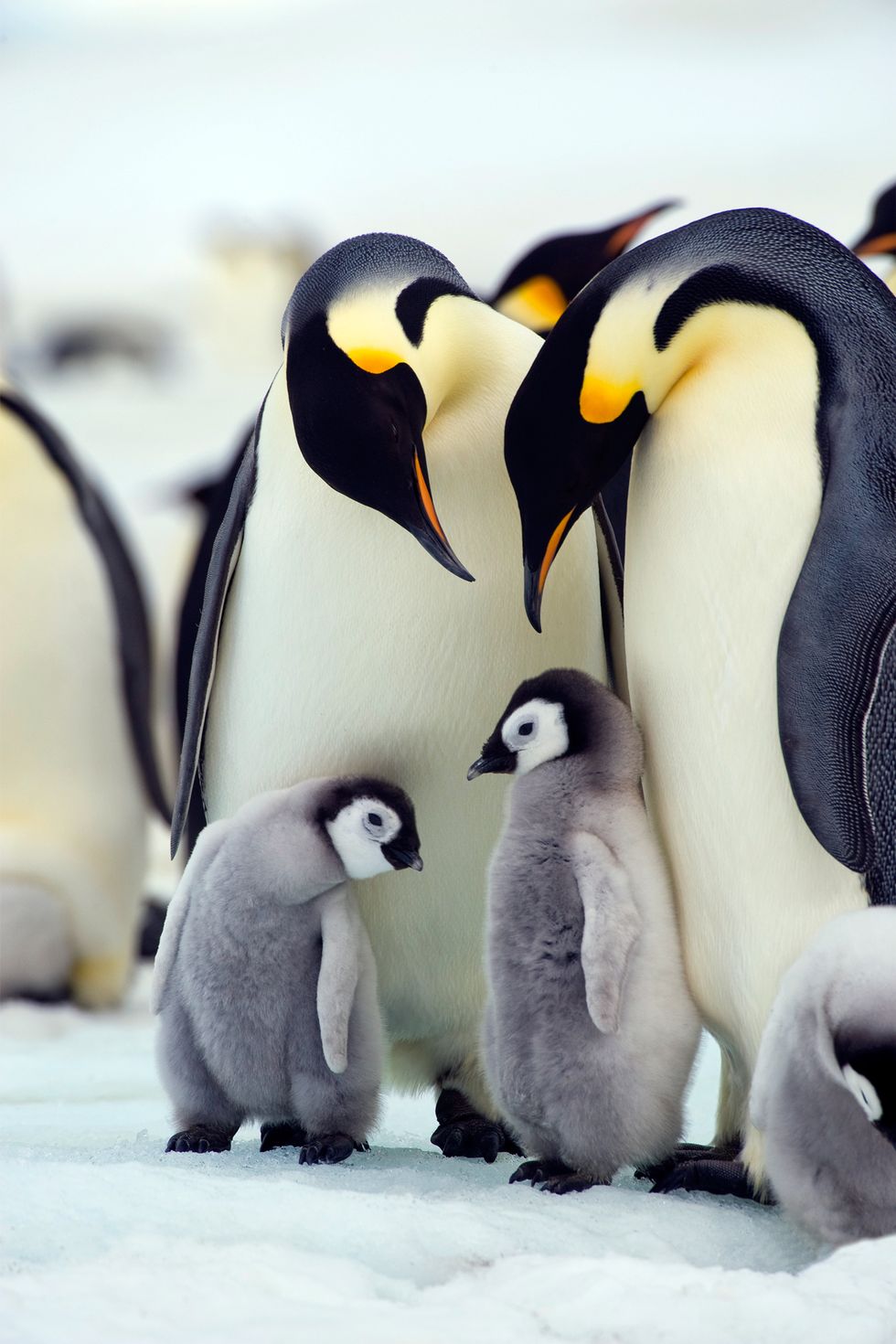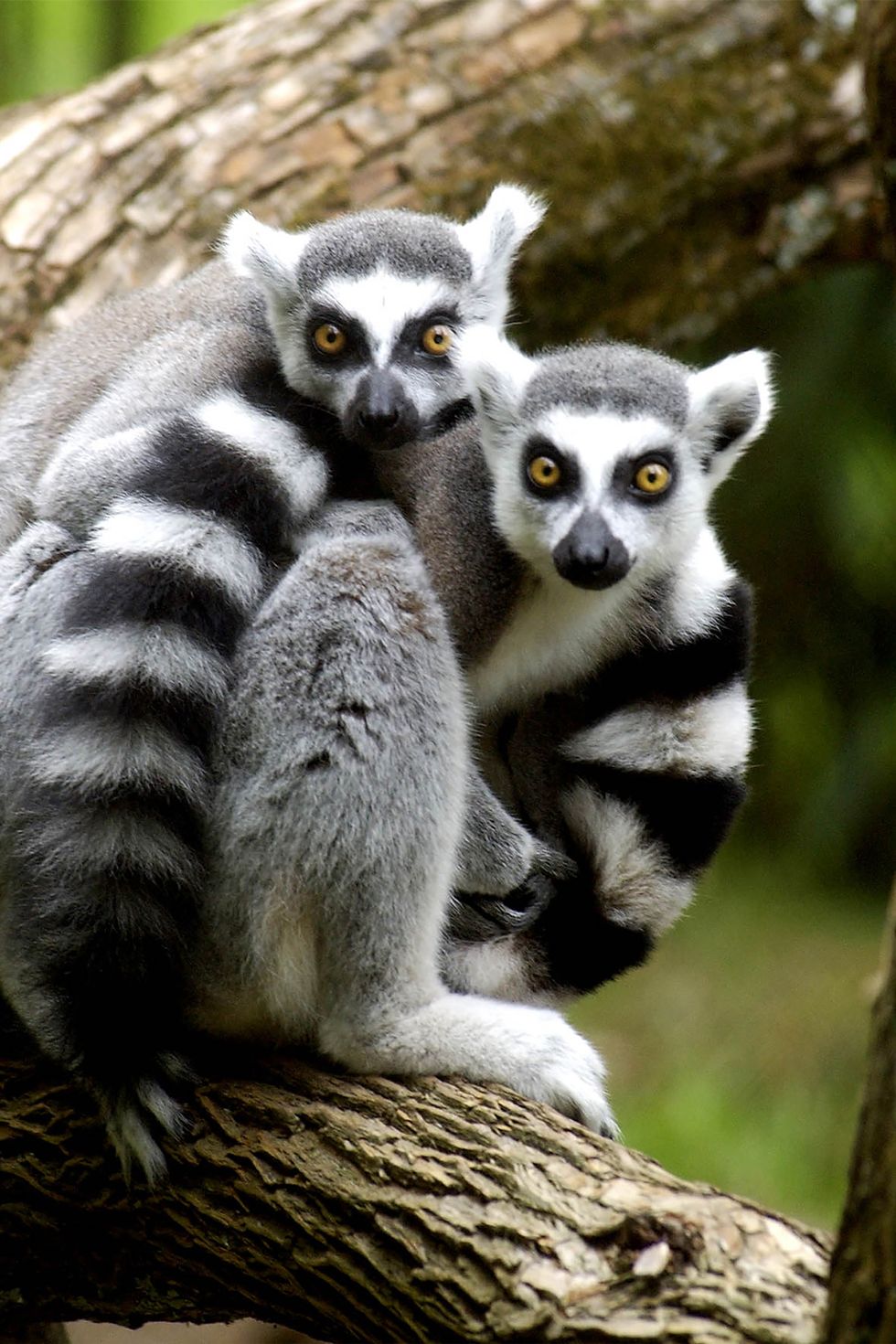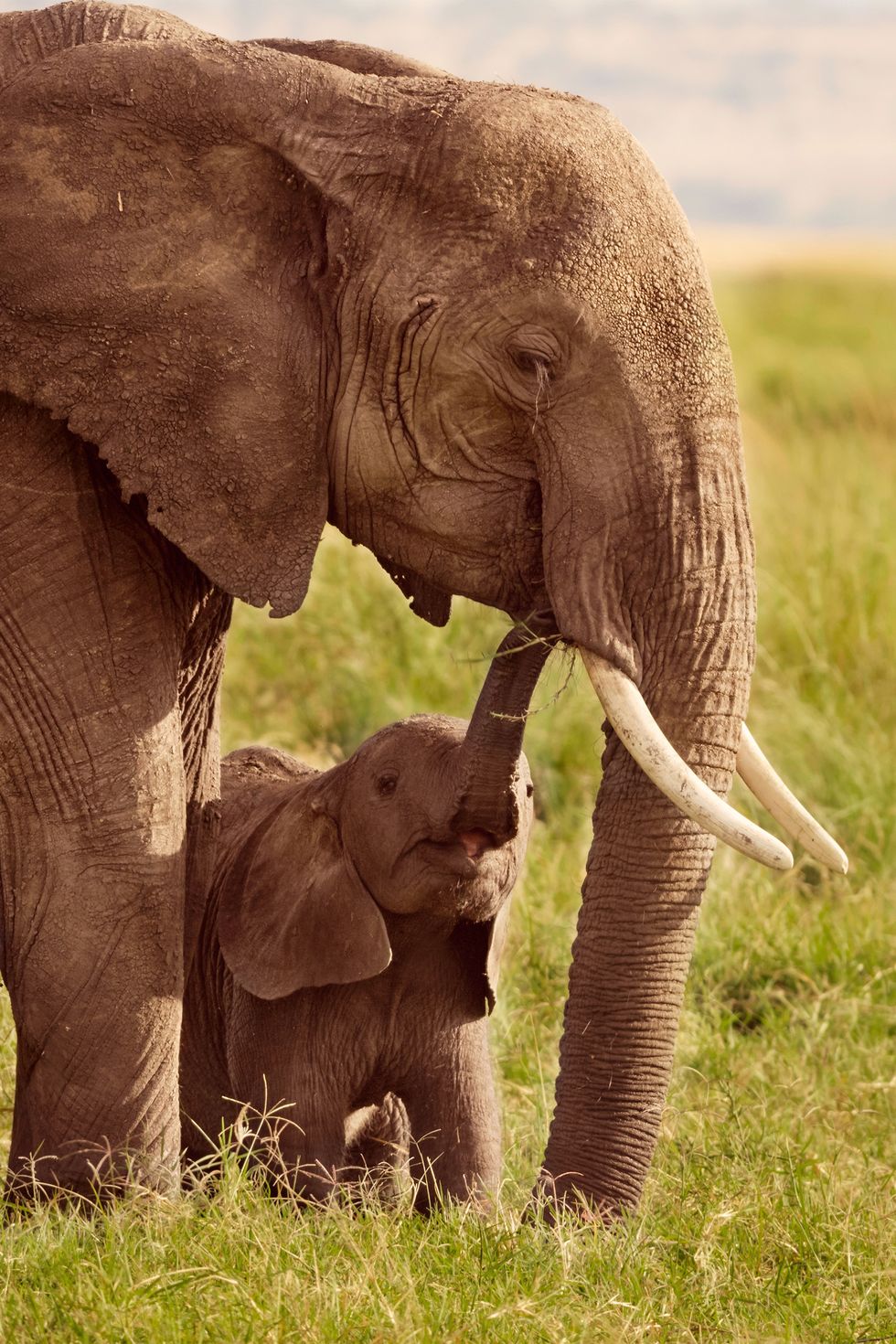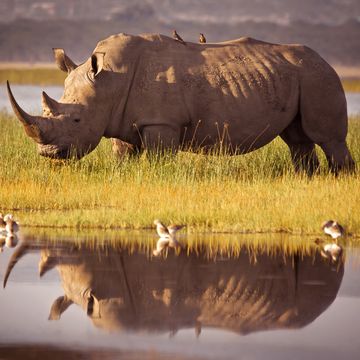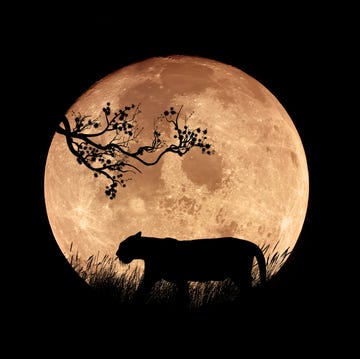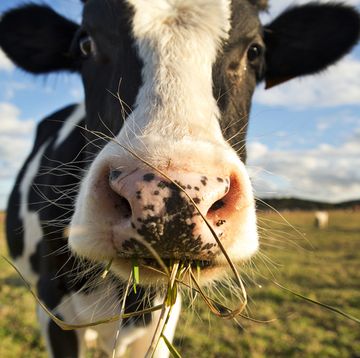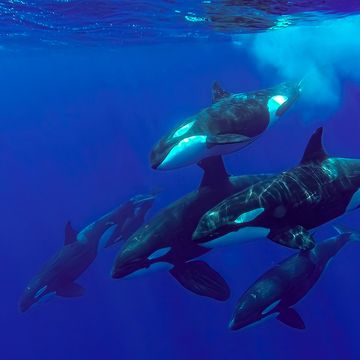The 45 Coolest Animals on the Planet Take Extreme Measures To Survive
Life on Earth isn’t easy, but these creatures make it look like a cake walk.

To cut it in the animal kingdom, you have to be tough—really tough. From withstanding brutal climates to fending off ferocious predators, surviving in the wild is no small feat.
🦉 Let’s explore our world together. Join Pop Mech Pro.
But a few cunning creatures have developed interesting traits and habits to stay in the game. Here are 45 of the most genetically gifted, physically freakish, and just all-around coolest animals in the world.
🐅 More Wild Content from Pop Mech:
Emily Shiffer has worked as a writer for over 10 years, covering everything from health and wellness to entertainment and celebrities. She previously was on staff at SUCCESS, Men's Health, and Prevention magazines. Her freelance writing has been featured in Women's Health, Runner's World, PEOPLE, and more. Emily is a graduate of Northwestern University, where she majored in magazine journalism at the Medill School of Journalism and minored in musicology. Currently residing in Charleston, South Carolina, Emily enjoys instructing barre, surfing, and long walks on the beach with her miniature Dachshund, Gertrude.
Before joining Popular Mechanics, Manasee Wagh worked as a newspaper reporter, a science journalist, a tech writer, and a computer engineer. She’s always looking for ways to combine the three greatest joys in her life: science, travel, and food.
Watch Next

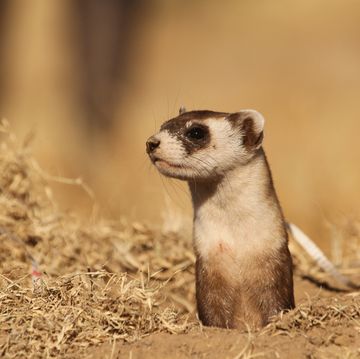
Can Cloning Bring This Ferret Back from the Brink?
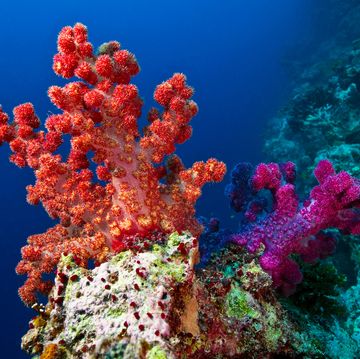
Scientists Are Building a Noah’s Ark for Corals

A New Study Unveils ‘Twisters’ Inside Egg Cells
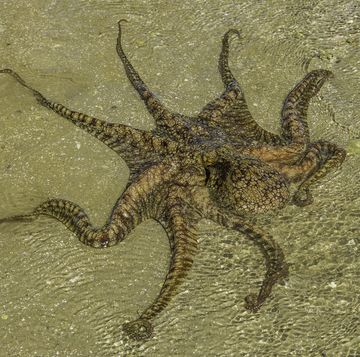
What To Do When Your Pet Octopus Has 50 Hatchlings
